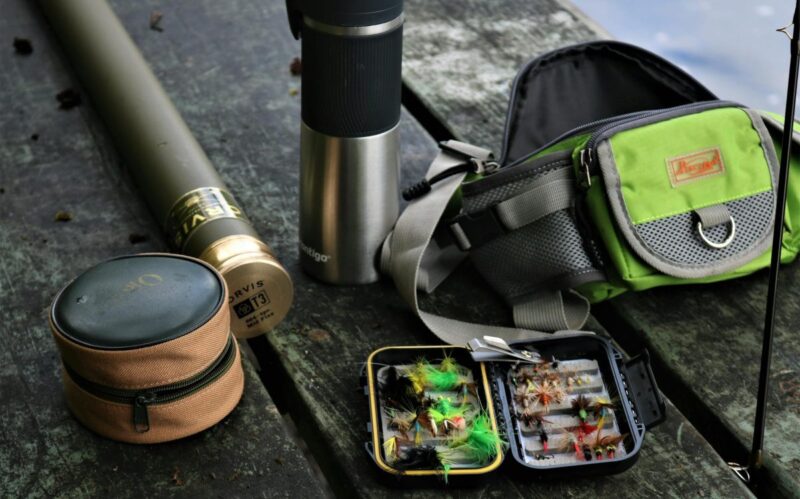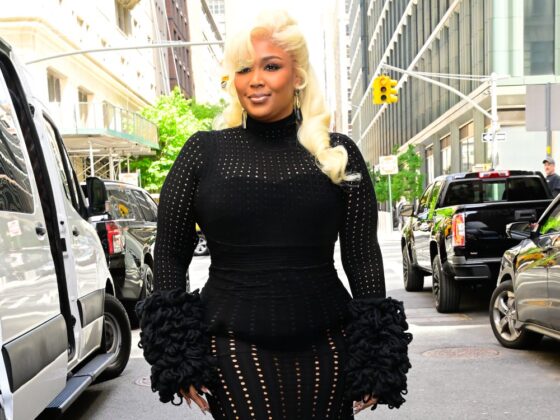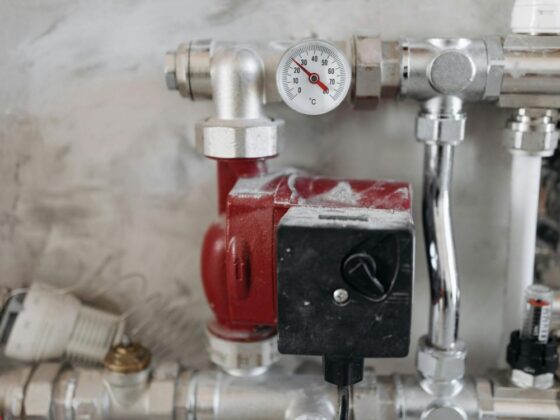Fly fishing is an art form as much as it is a sport, wherein crafting the perfect fly can make all the difference between a successful catch and an uneventful day on the water. The materials used in fly tying are vast and various, each serving a unique purpose to imitate the insects and creatures fish naturally feed on. From the subtleties of hook selection to the strategic application of synthetic materials, understanding the components of fly tying is critical for both beginners and seasoned anglers. Below, we delve into the essential supplies that every fly tyer should have in their arsenal.
Selecting the Right Fly Tying Hooks: Sizes and Shapes
When it comes to fly tying, the foundation of a well-crafted fly is the hook. It not only serves as the backbone but also plays a pivotal role in the fly’s ability to sink or float, as well as its general appearance. Hooks come in a plethora of sizes and shapes, each designed for different types of fish and aquatic conditions. Fly tying materials such as these are indispensable tools in the fly tyer’s toolkit.
Shape is another critical aspect of hook selection. From the classic round bend to specialized designs like wide-gap, jig, or nymph hooks, each shape offers distinct benefits. Streamer hooks, for example, are longer and made for tying larger flies, while dry fly hooks are designed to imitate the stance of insects resting on the water’s surface. Matching the hook shape to the intended fly pattern not only increases the effectiveness but also enhances its mimicry of the natural prey.
The material and finish of the hook also influence its performance. High-carbon steel hooks are a popular choice for their strength and durability, whereas chemically sharpened hooks offer superior penetration. The finish, whether it be bronze, nickel, or black, can also play a subtle role in the fly’s visibility and attractiveness to fish. Thus, understanding the interplay between hook size, shape, and material is fundamental in fly tying.
Understanding Fly Tying Threads, Wires, and Tinsels
Threads are the sinews of fly tying, securing all other materials to the hook and helping to shape the body of the fly. Fly tying threads come in a variety of colors, thicknesses, and strengths to suit different tying needs. Fine threads are ideal for delicate work where a smaller build-up is desired, while heavier threads can endure more tension and are better for constructing larger flies with bulkier materials.
Wires and tinsels play a dual role; not only do they add color and flash that can mimic the natural shine of insect bodies or baitfish scales, but they can also add weight to the fly. When tying nymphs or streamers, wires of brass, copper, or lead can be used to help the fly sink into the target strike zone. Tinsels and flosses, in metallic or iridescent hues, are used for highlights and to create attractive segmented bodies that catch the light and the eye of the fish.
Choosing Feathers and Hackles for Fly Tying
Feathers and hackles are to fly tying what paint is to an artist, bringing flies to life. Choosing the right feathers means selecting those that will create the correct silhouette, movement, and texture for the fly being tied. Hackles, the long, thin feathers found on roosters and some hens, are especially important for their fine barbs, which are used to create the legs and wings of an insect in many patterns.
The quality of feathers and hackles is paramount, as high-grade plumes provide the liveliness and natural movement required to deceive discerning fish. The varieties are numerous, from the versatile pheasant tail, known for its fibrous and mottled strands, to the delicate marabou, which imbues any fly with a seductive undulation. Selecting feathers from specific parts of the bird, such as the cape or saddle, can also offer varied lengths and stiffness to suit different types of flies.
Ultimately, the type of feather or hackle chosen will dictate the fly’s action in the water and its ability to visually entice the target species. Experienced fly tyers develop a keen eye for these materials, experimenting with various textures and colors to craft imitations that are not only visually appealing to the angler but also to the fish they seek.
The craft of fly tying is enriched by an understanding of how each component interacts with and complements the others. From the careful selection of hooks to the strategic use of feathers, fur, and synthetics, mastery over these materials translates to a well-equipped fly box. It’s the knowledgeable combination of these essential elements that leads to the creation of flies that not only look appealing to anglers but, more importantly, are irresistible to fish.
Image Credit: David J. Boozer









